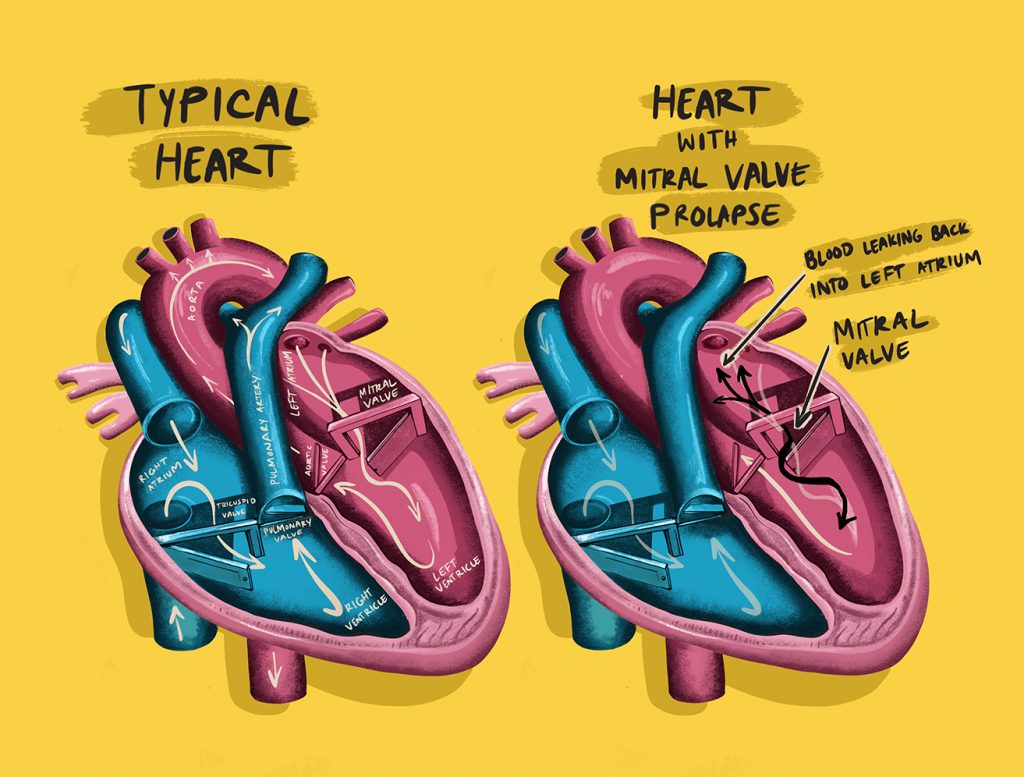Acting on a scientific hunch, OMRF researchers find a new target for a common cardiovascular condition
The heart is like a house with four rooms, and each connects to another by one-way doors. When one of the doors (heart valves) doesn’t seal perfectly, backflow allows blood to seep back into the wrong room (heart chamber). Called mitral valve prolapse, this heart valve defect can lead to fatigue, stroke and even heart failure.

Usually, people are born with the condition, but it can also develop with age from the natural wear and tear of our millions of heartbeats each year. According to the American Heart Association, it affects as many as 6 million Americans. In severe cases, it requires surgical repair or a heart valve replacement.
At OMRF, Dr. Sathish Srinivasan studies the lymphatic system, which carries tissue fluid throughout the body. He wondered whether lessons learned from the lymph system could also be applied to the heart.
“We got curious. Vascular and heart valves are different, but do the same molecules play roles in their function?” Srinivasan says. “It turned out to be a good guess.”
Srinivasan and Dr. Yen Chun Ho, a postdoctoral researcher in his lab, found two proteins important to lymphatic valves also keep heart valves running smoothly. “We usually study developing vessels, but everything looked normal at that stage in our research models,” says Ho. “We shifted our focus to analyze the effects over time.”
The researchers found that, in aging mice, heart valves became thick, overgrown and didn’t fully open or close tightly in the absence of the proteins. “The valves sort of become clumsy,” says Srinivasan.

In people who don’t have one or both of the proteins, Srinivasan says, inhibiting a particular molecule his team has identified may be an effective new target for medications to treat dysfunctional valves. OMRF has filed for a patent on this approach and is currently seeking a partner in industry to develop the technology.
In the meantime, the pair’s discovery of these proteins’ roles in the heart opens the door to a new question:
What other lymphatic valve proteins could explain the mysteries of our body’s heart valves?
“We have observed others that may participate in heart conditions,” Ho says. “We still have work to do.”
—
Read more from the Summer/Fall 2023 issue of Findings
Oklahoma’s Treasure
Voices: Jim and Norma Freeman
Ask Dr. James: Preventing Alzheimer’s Disease
Unfinished Business
The Aerialist
77 for 77
A New Beginning
End of an Era



